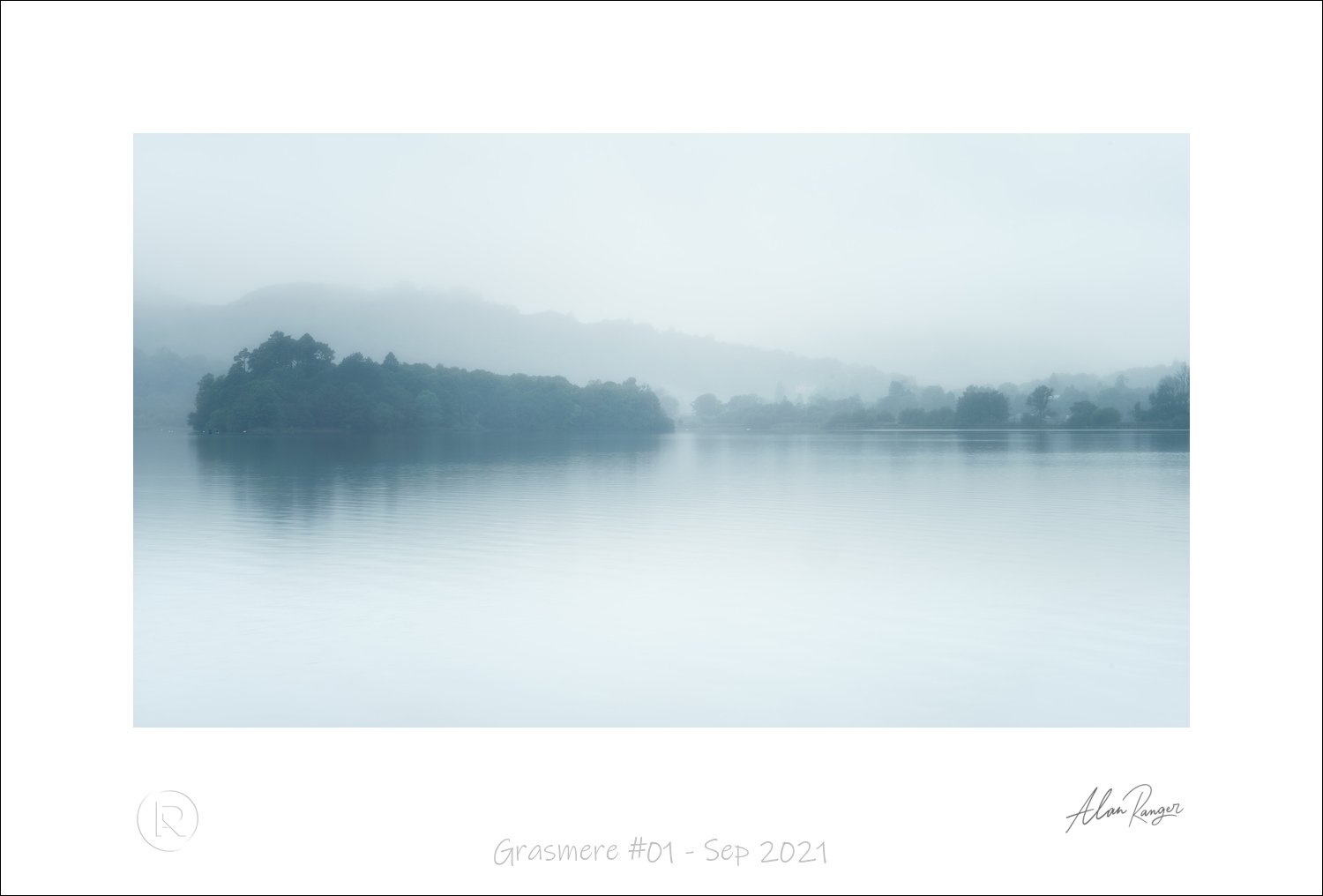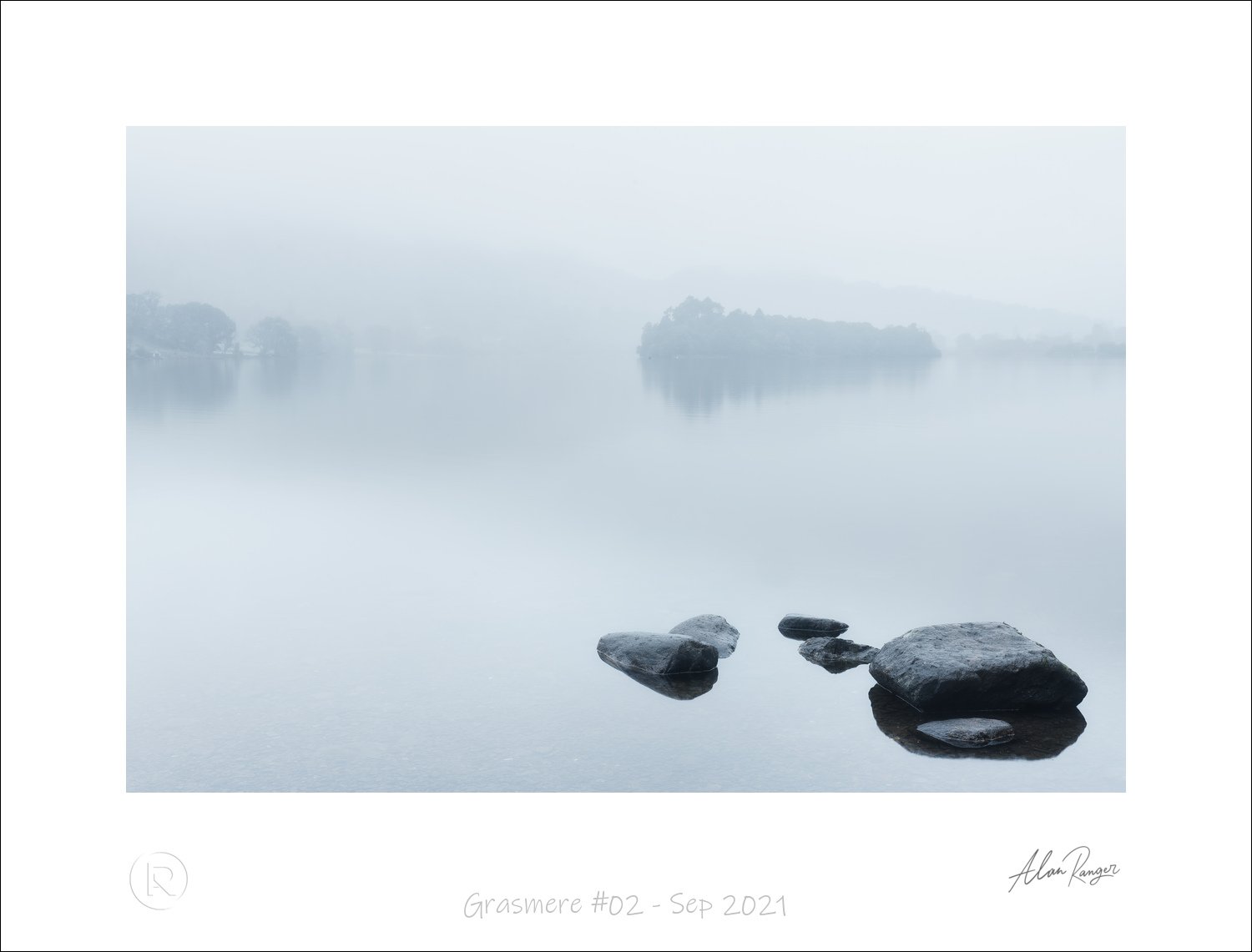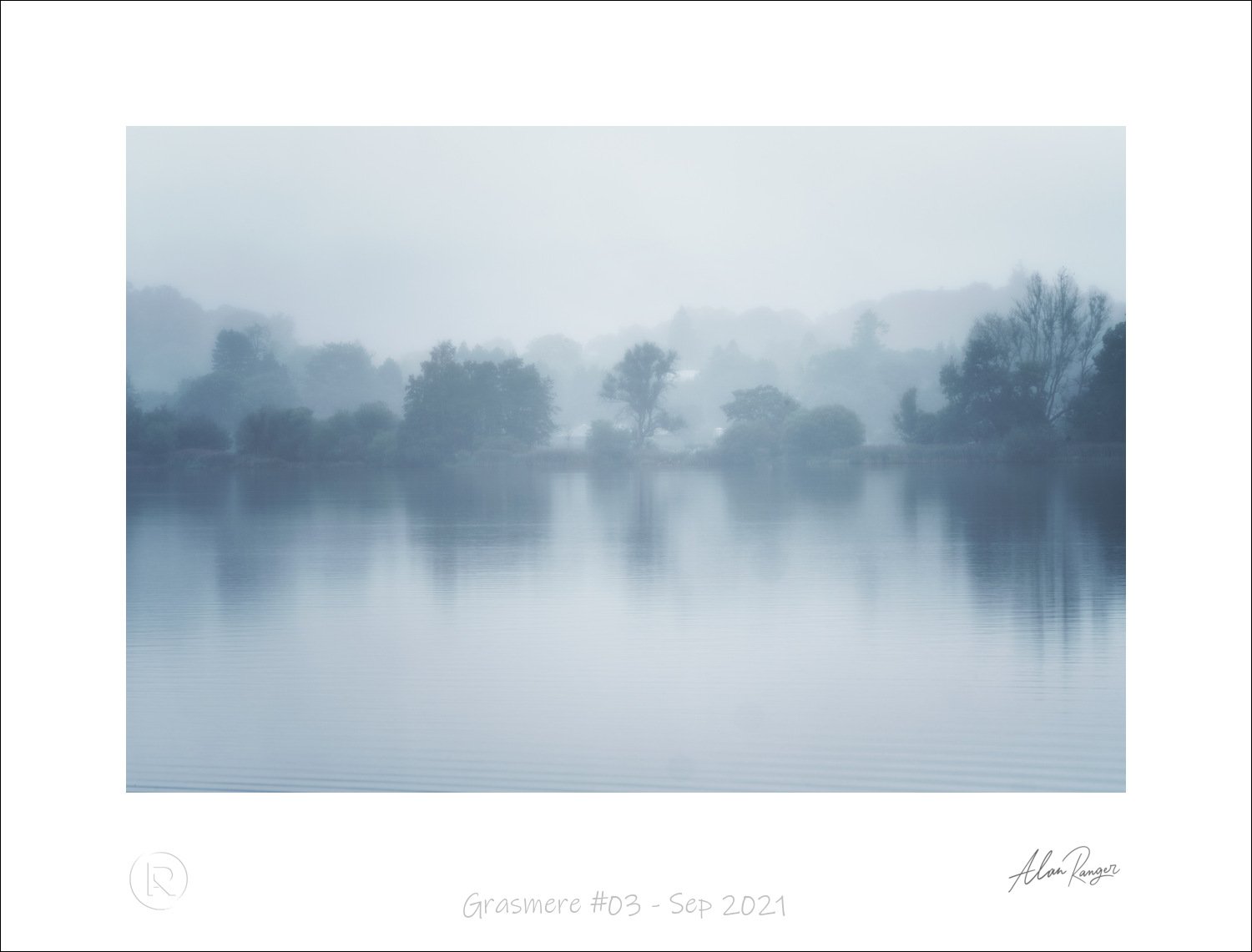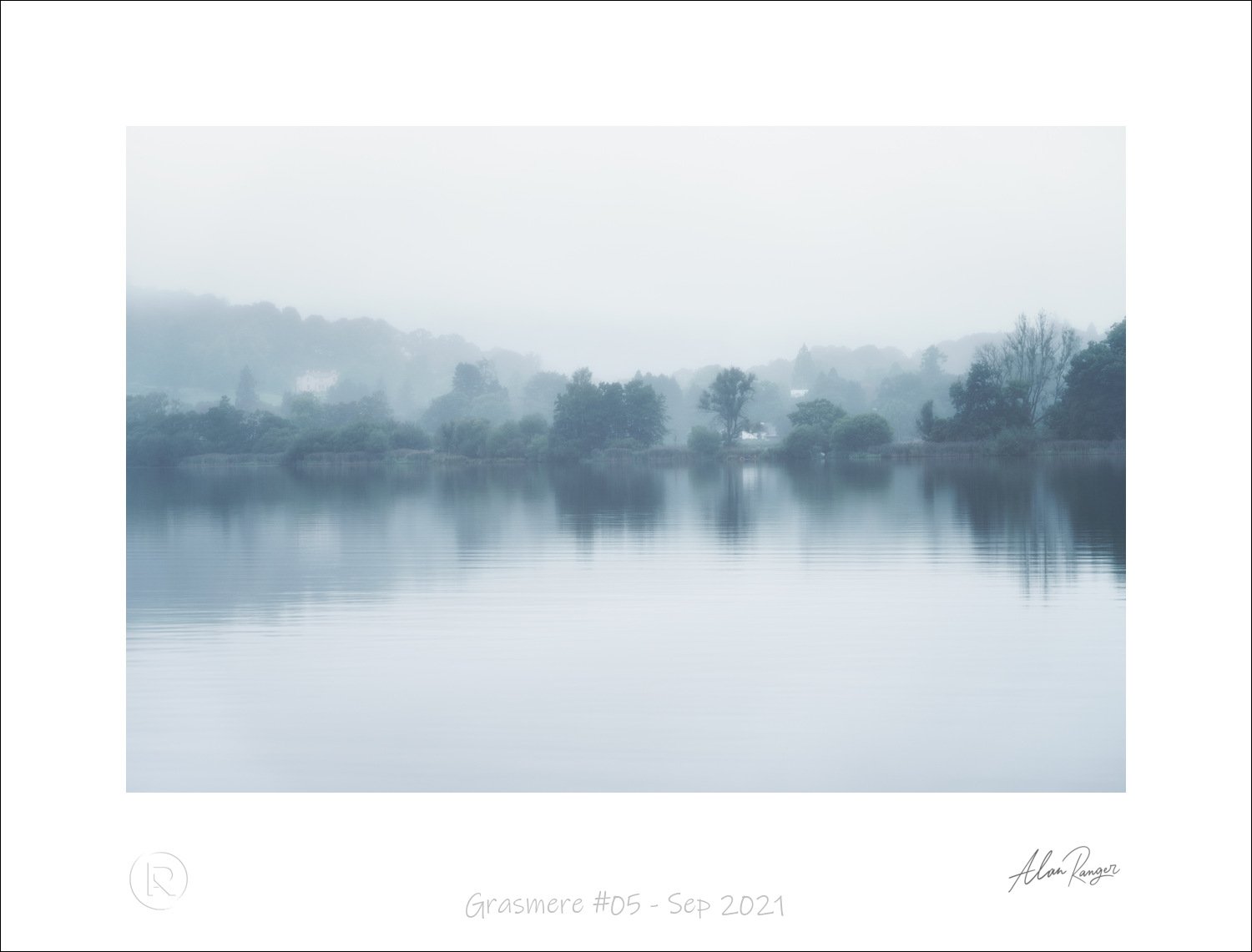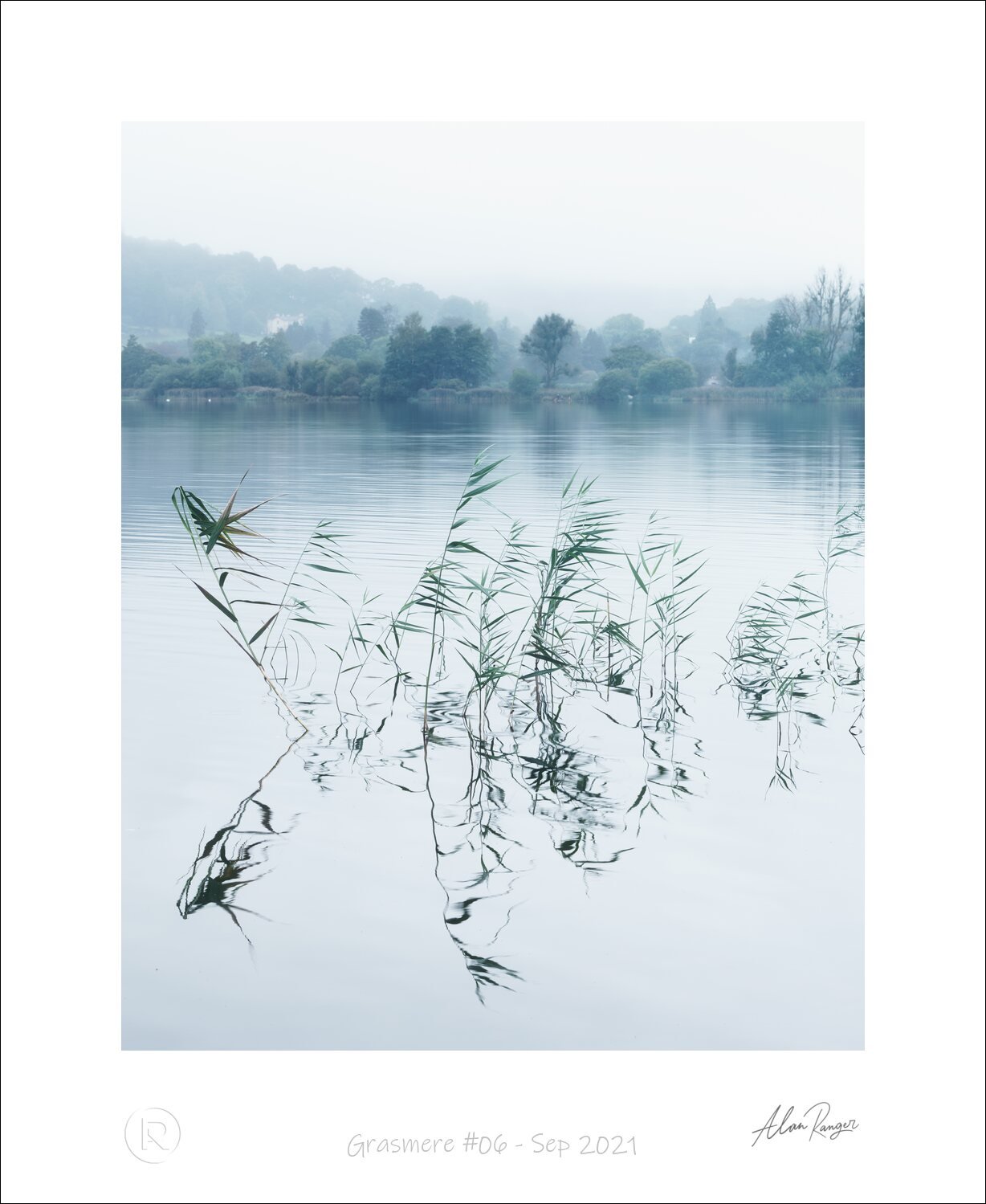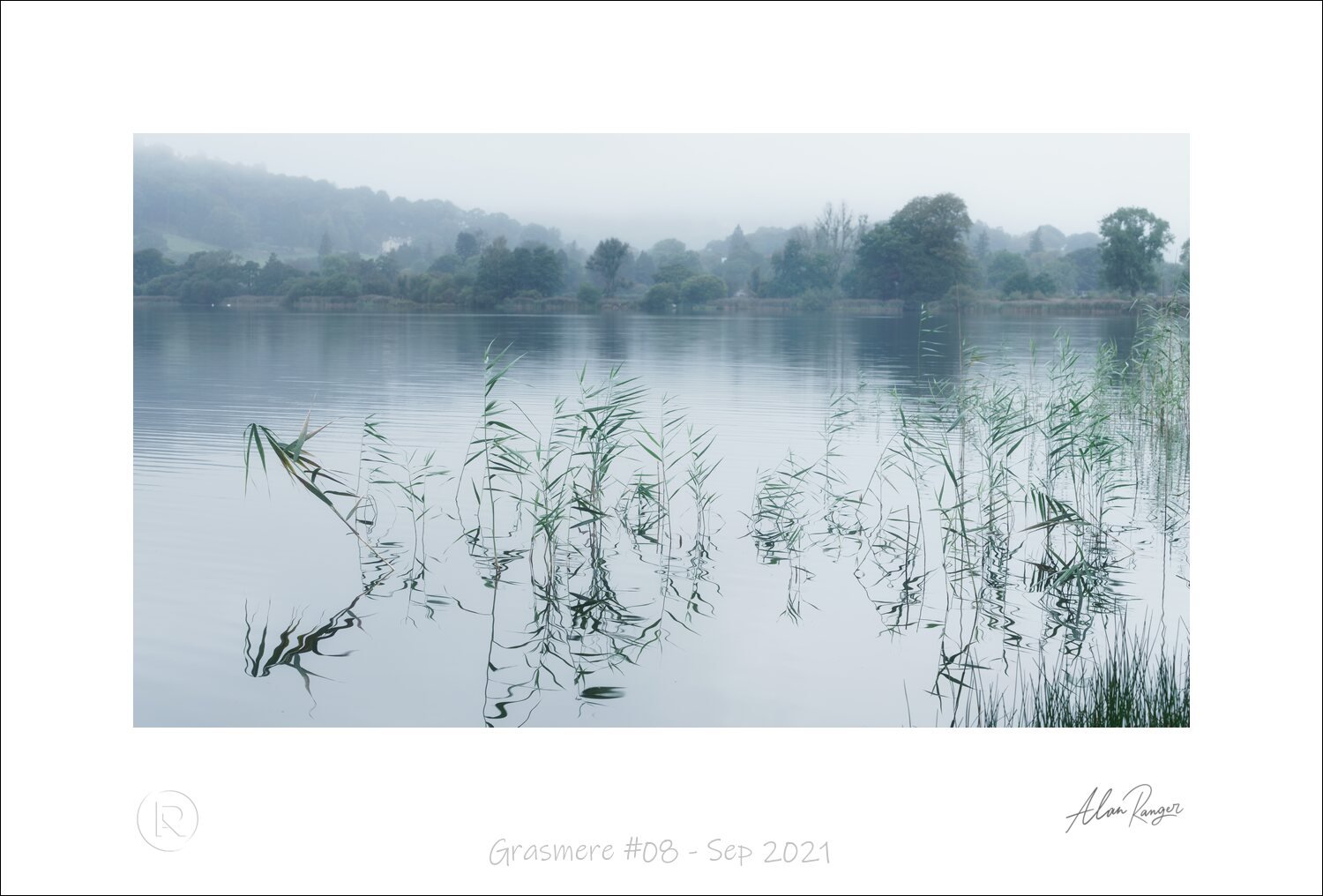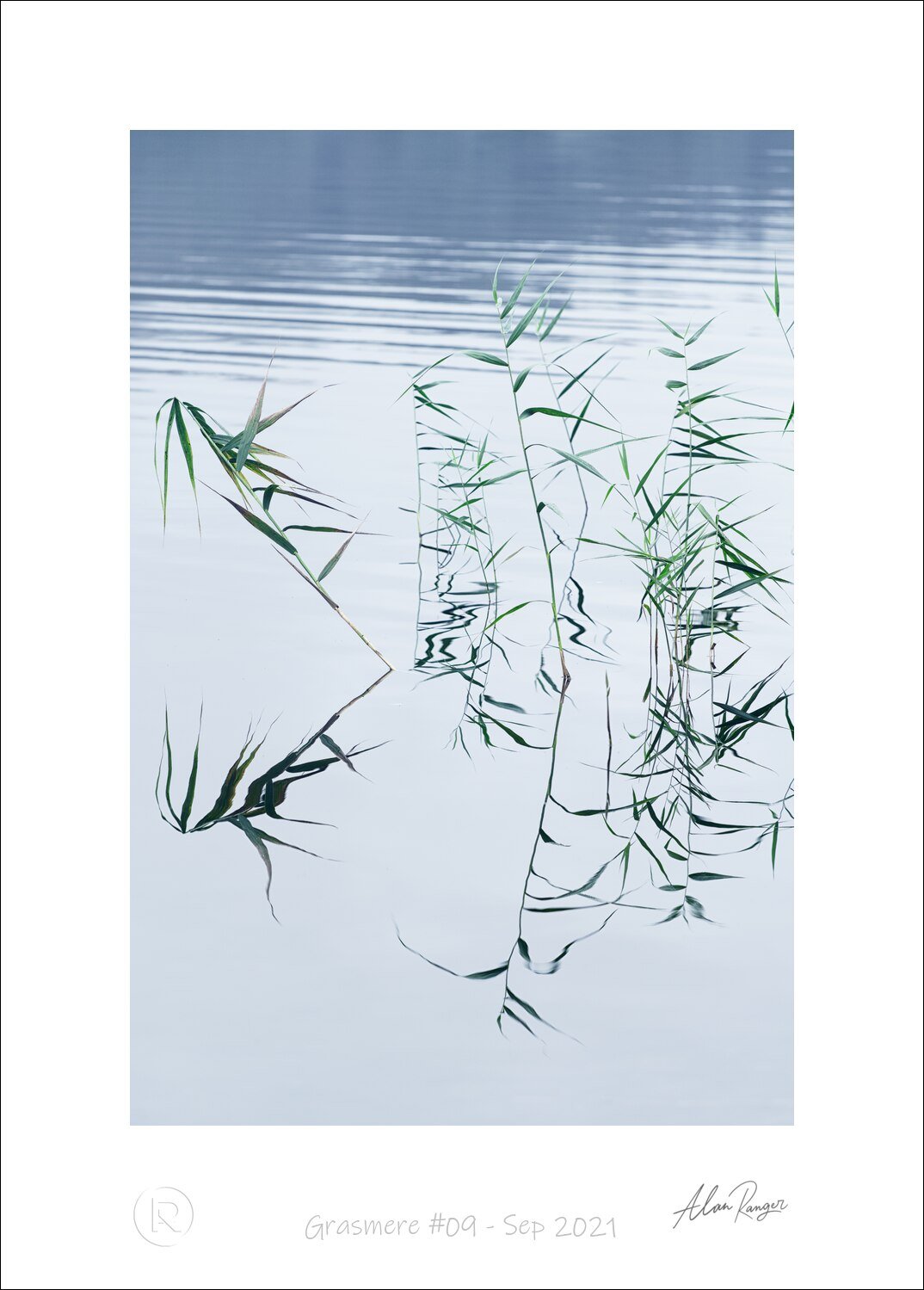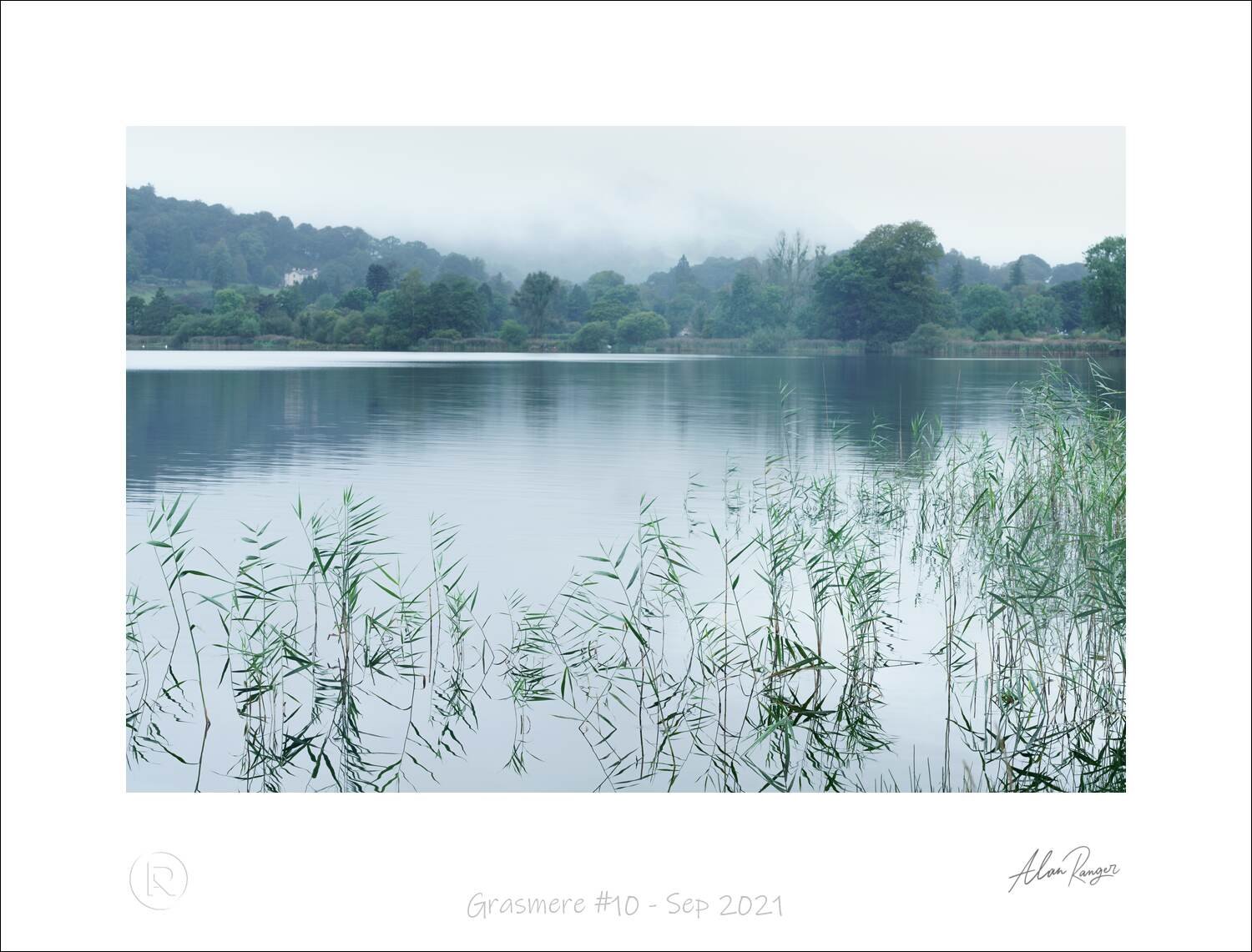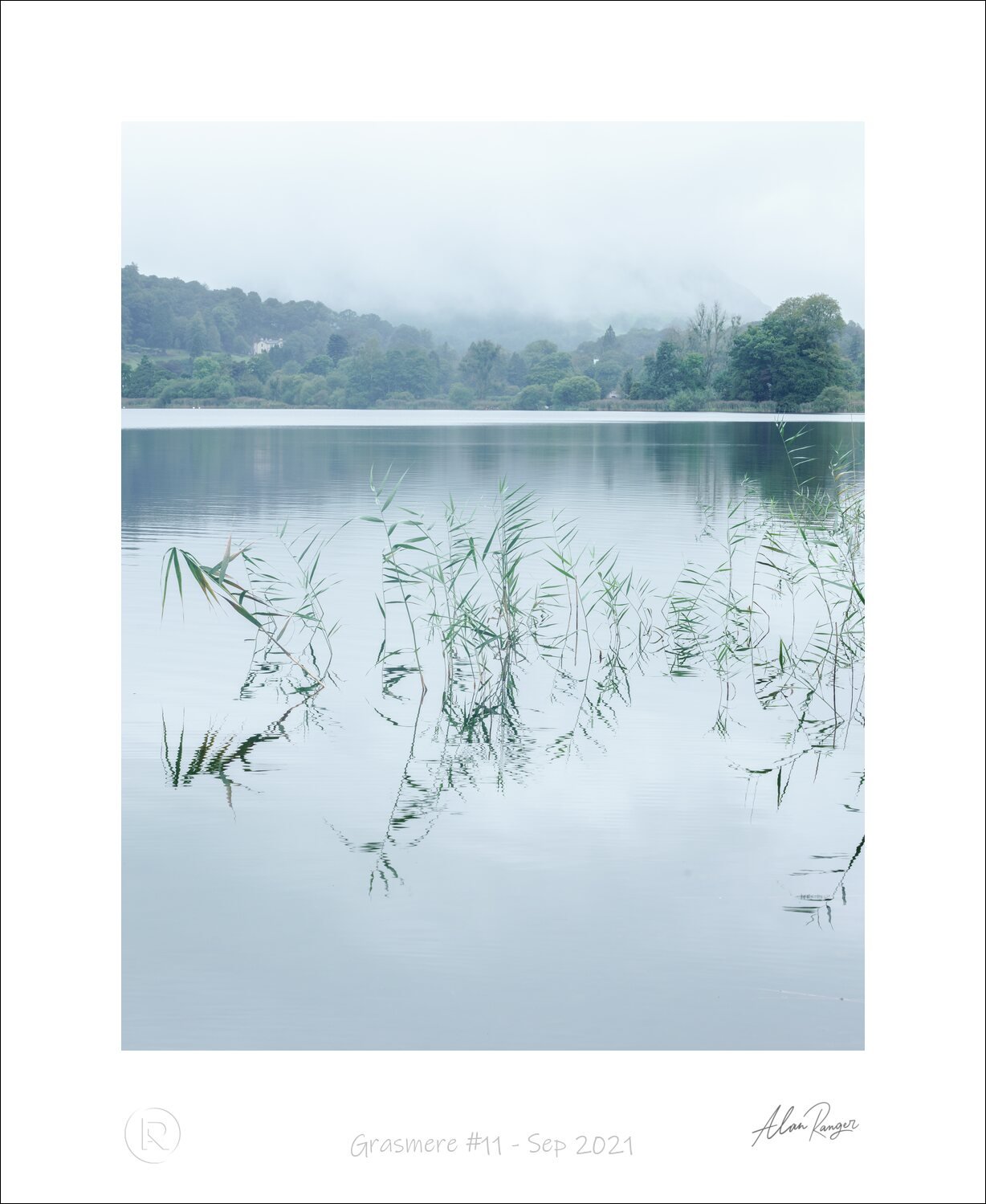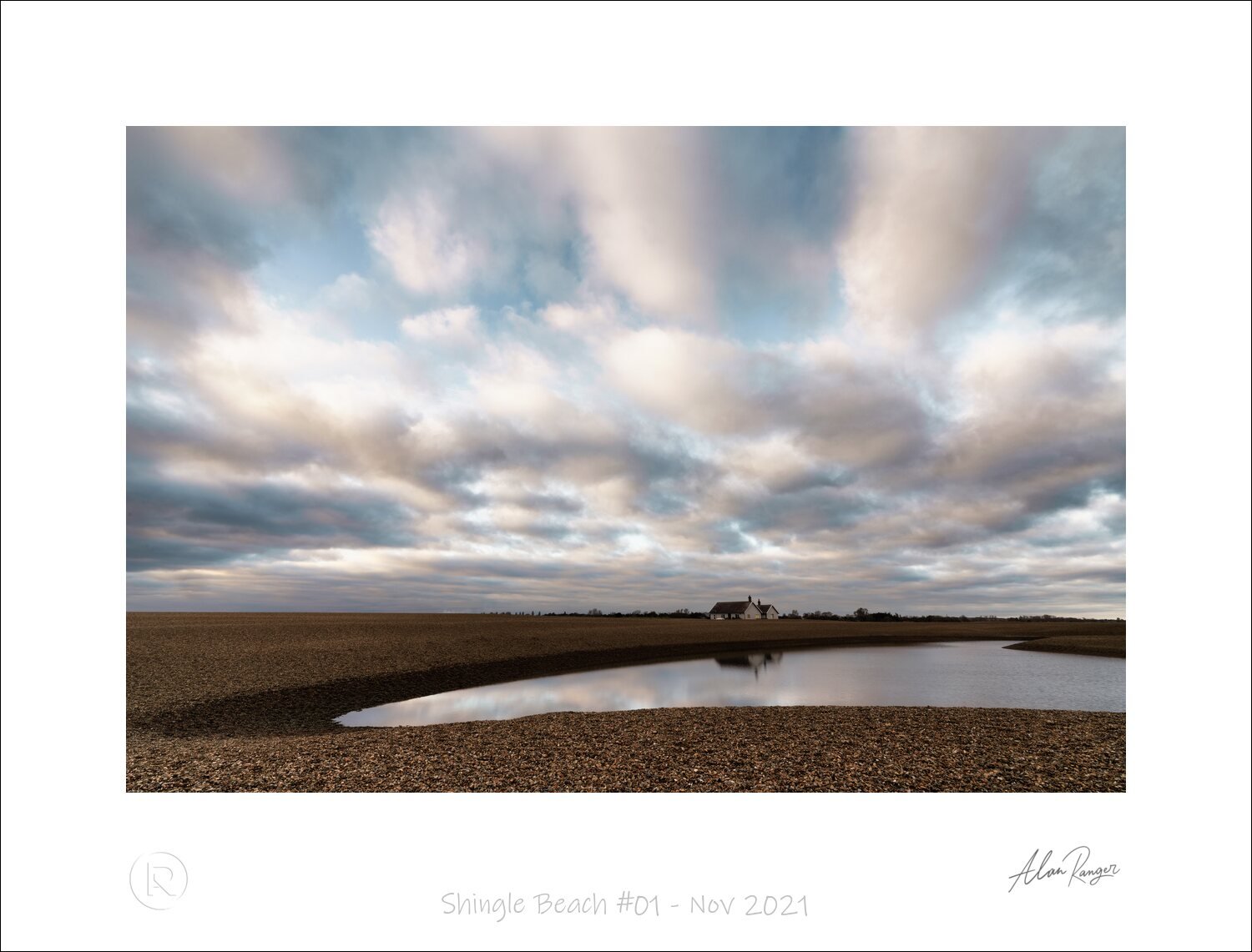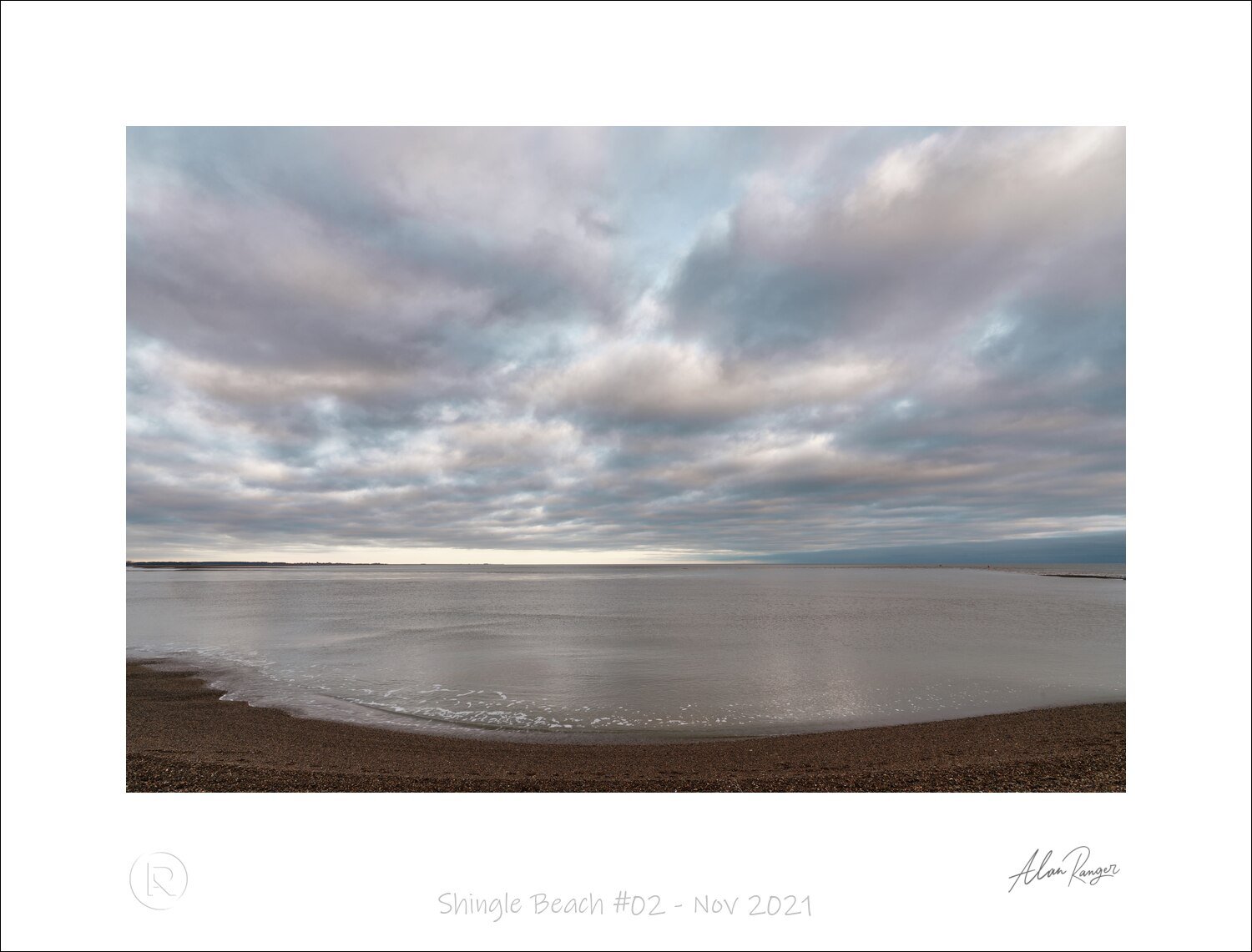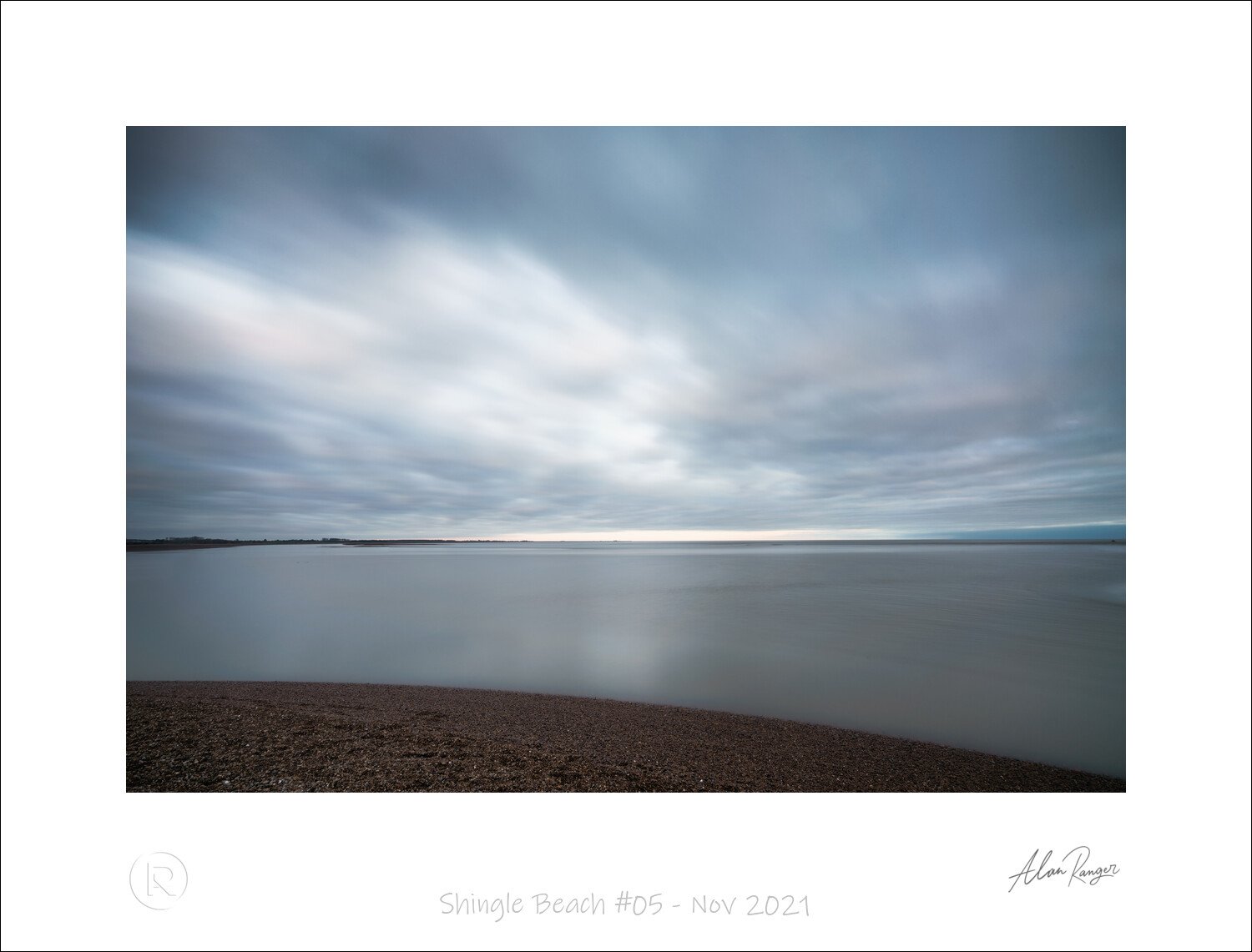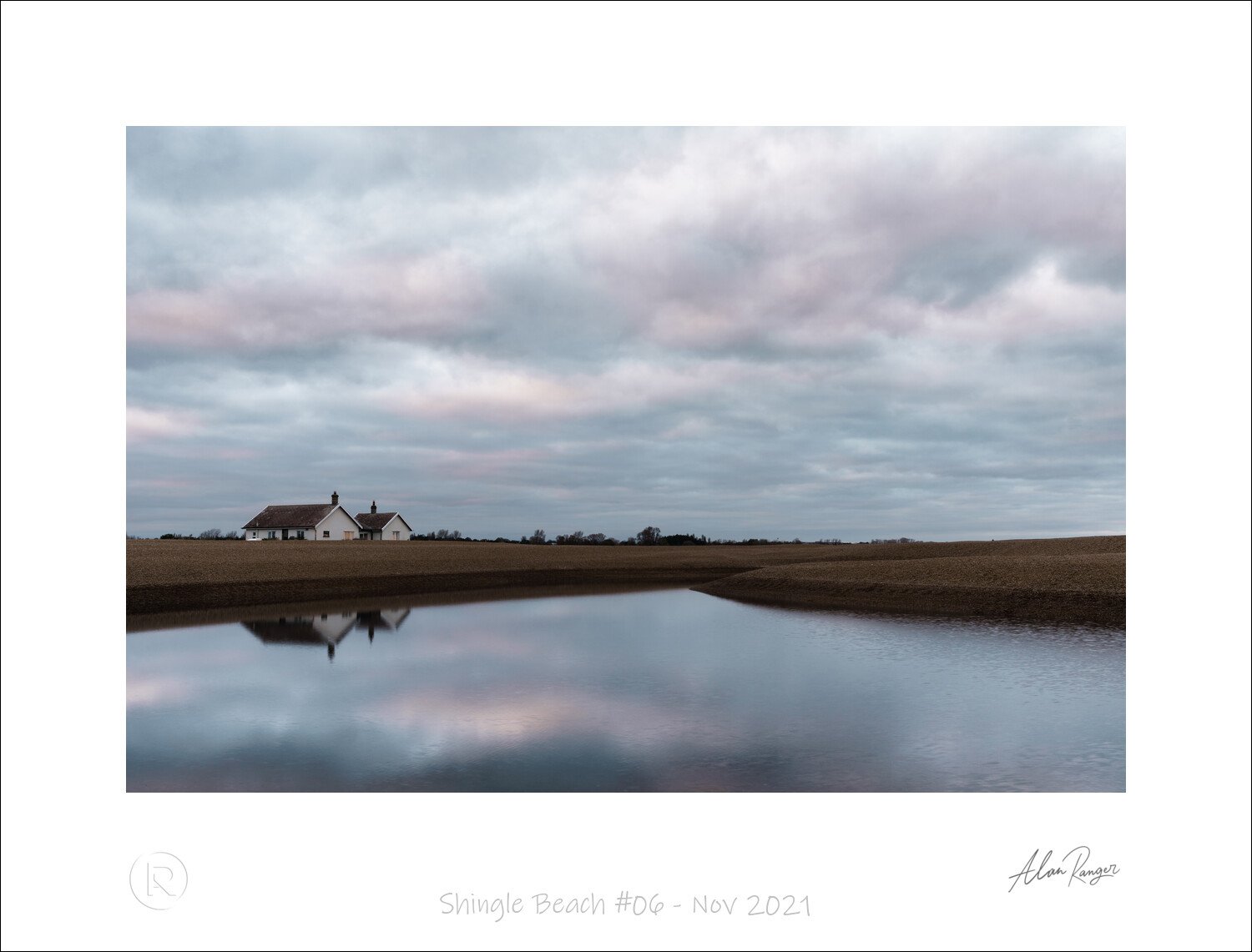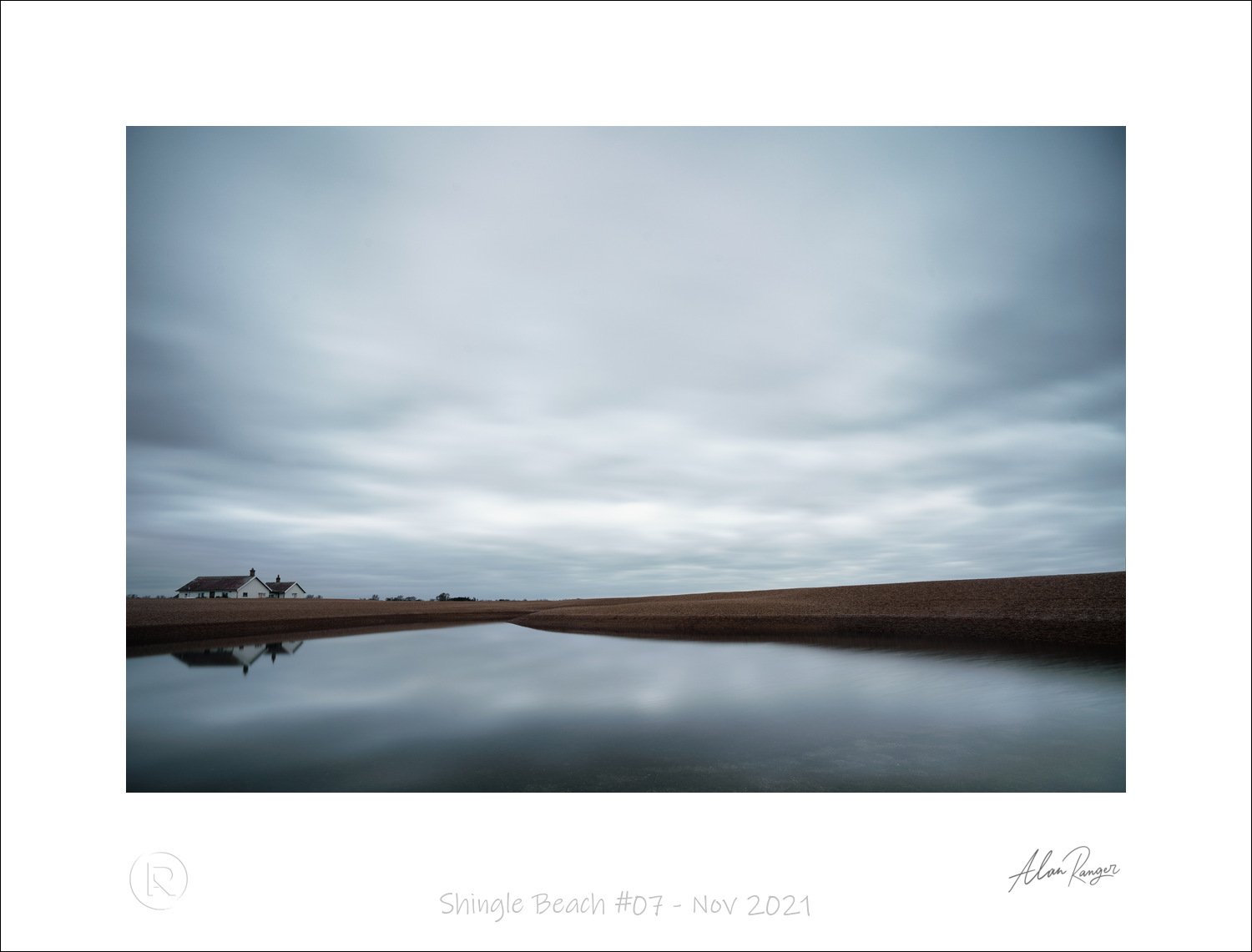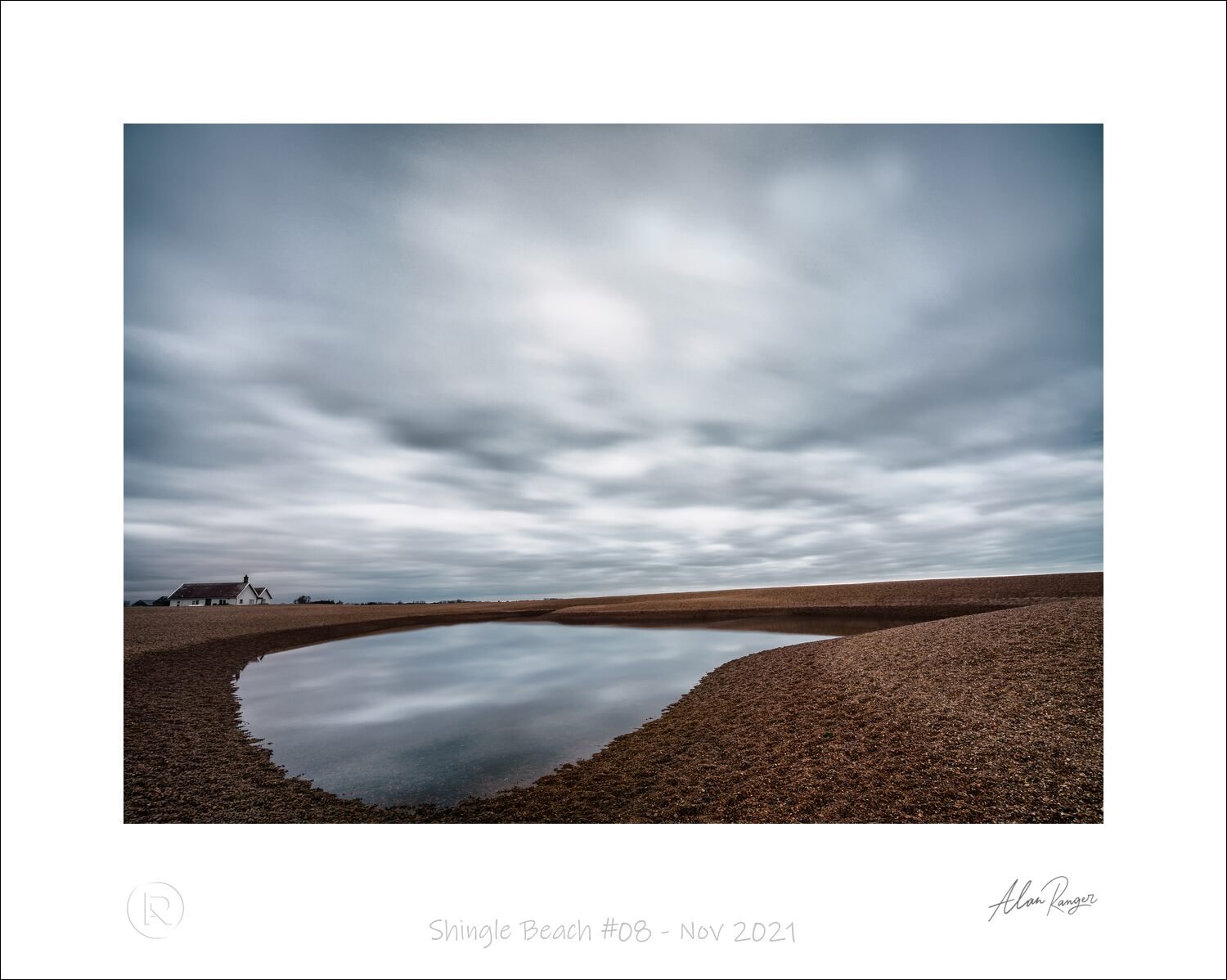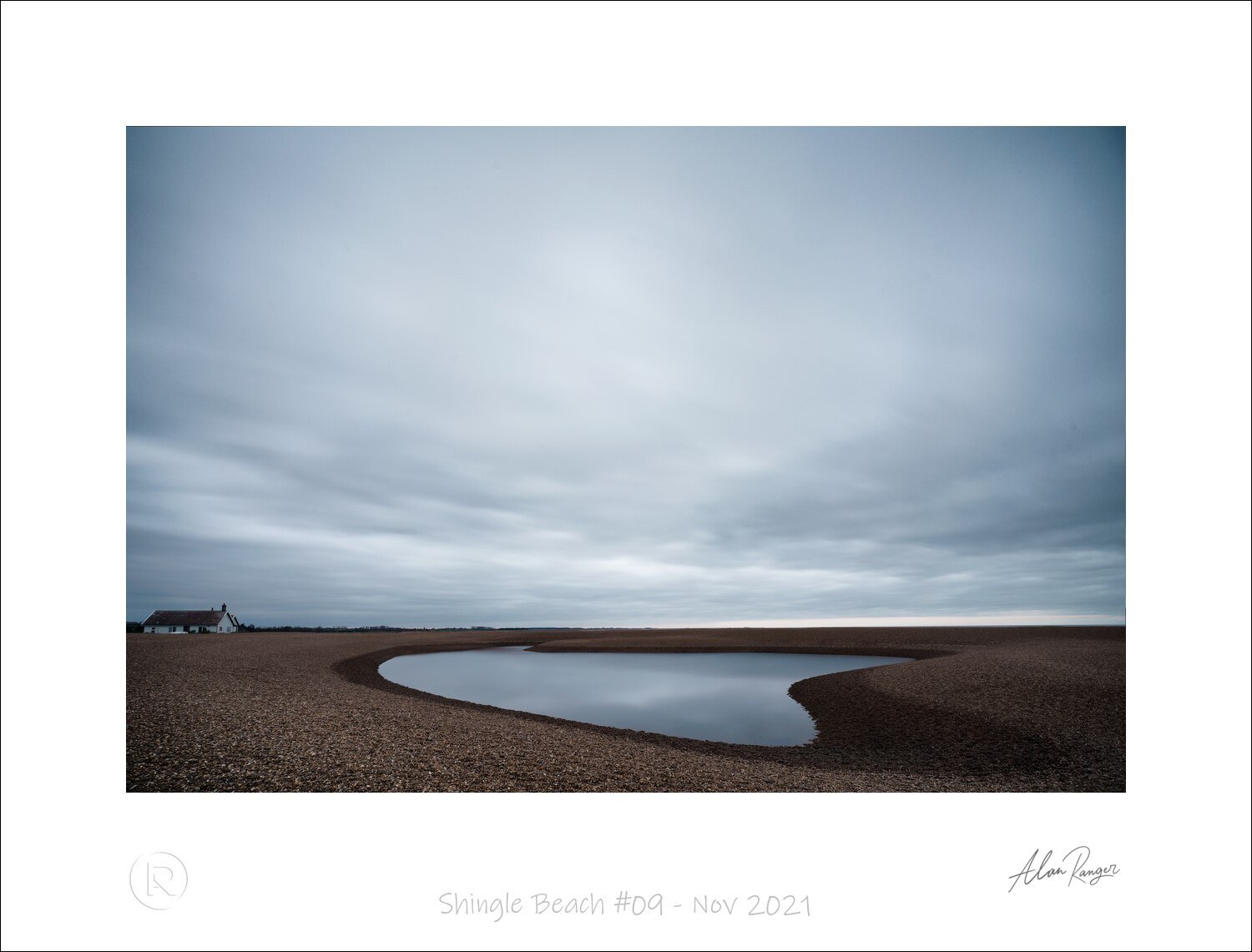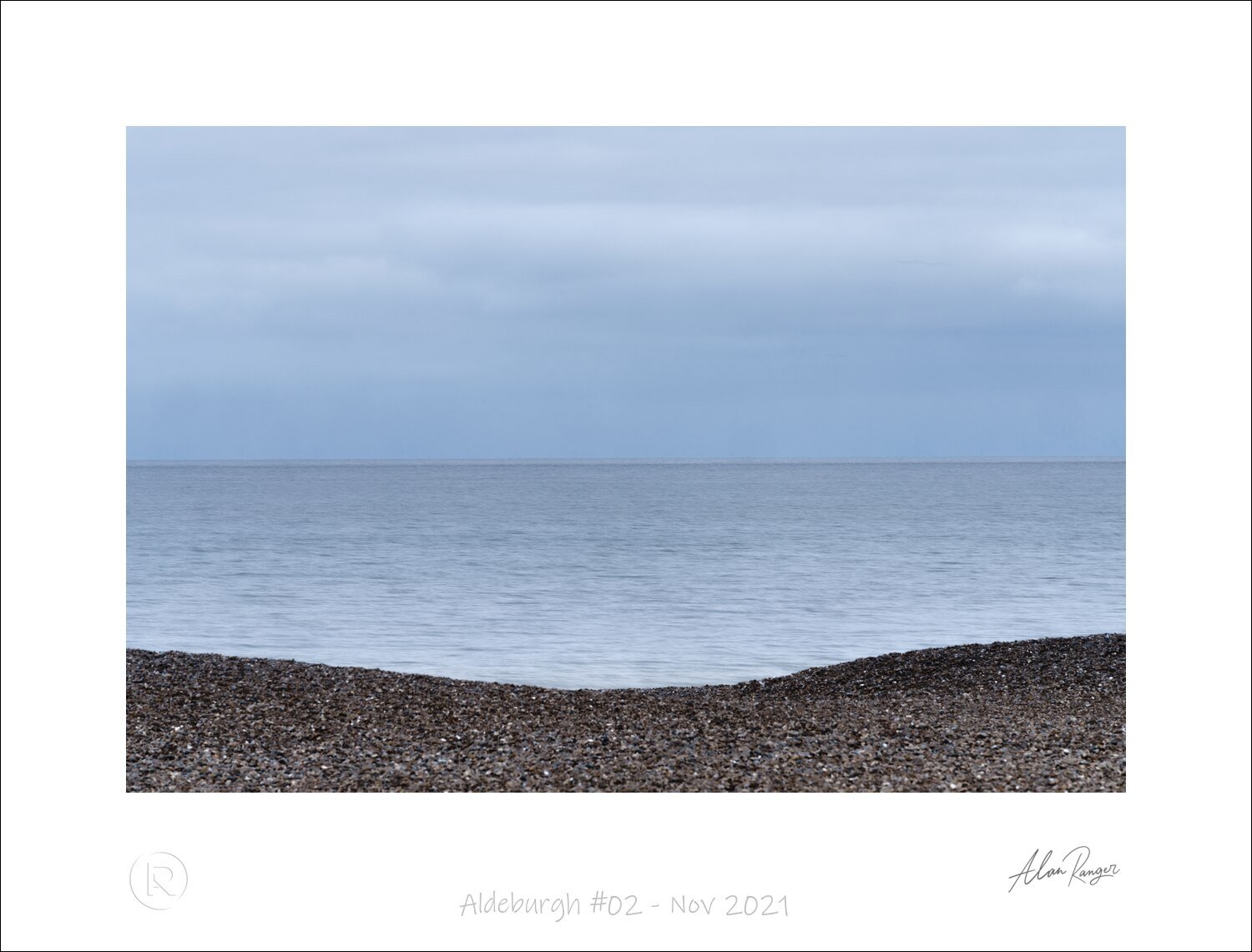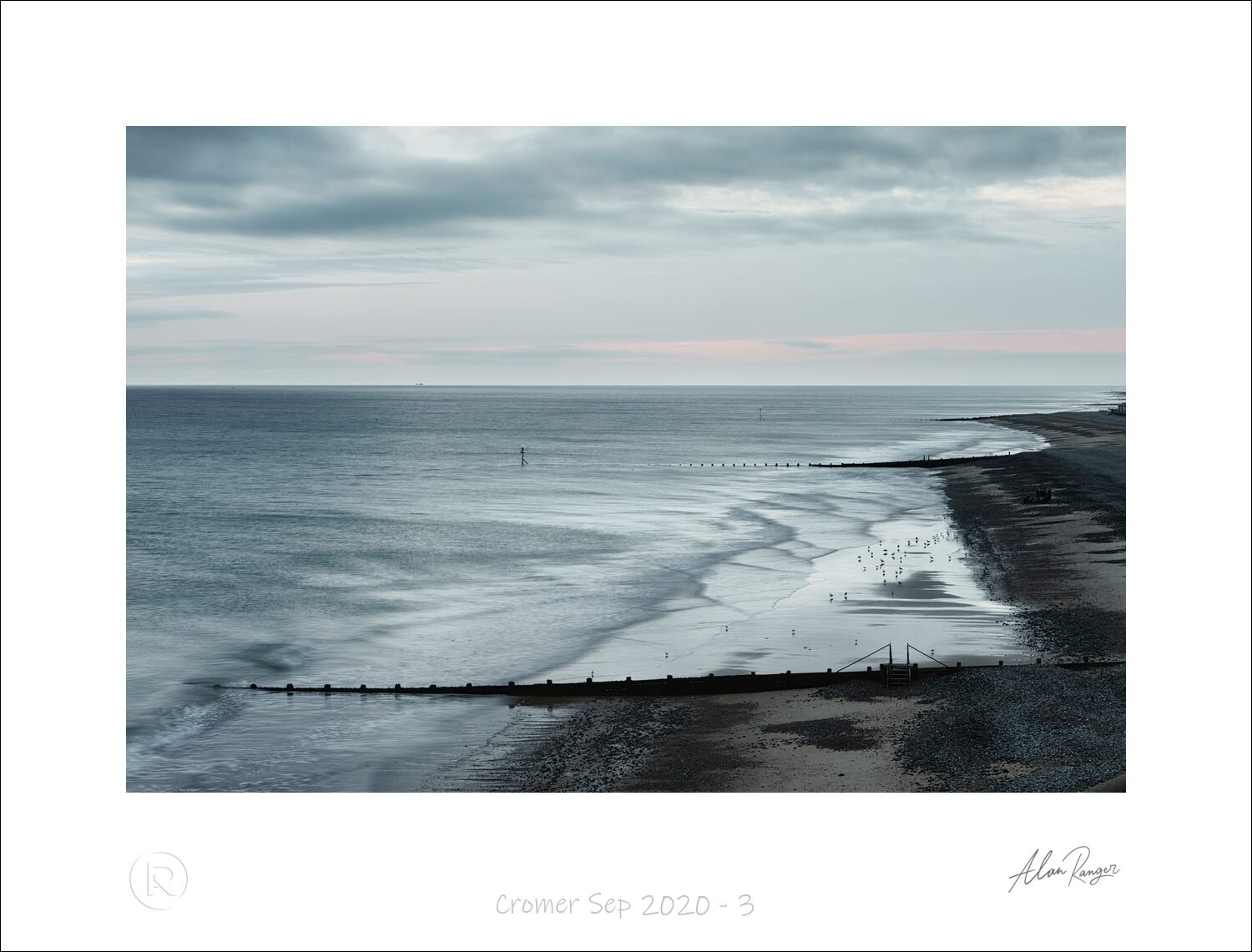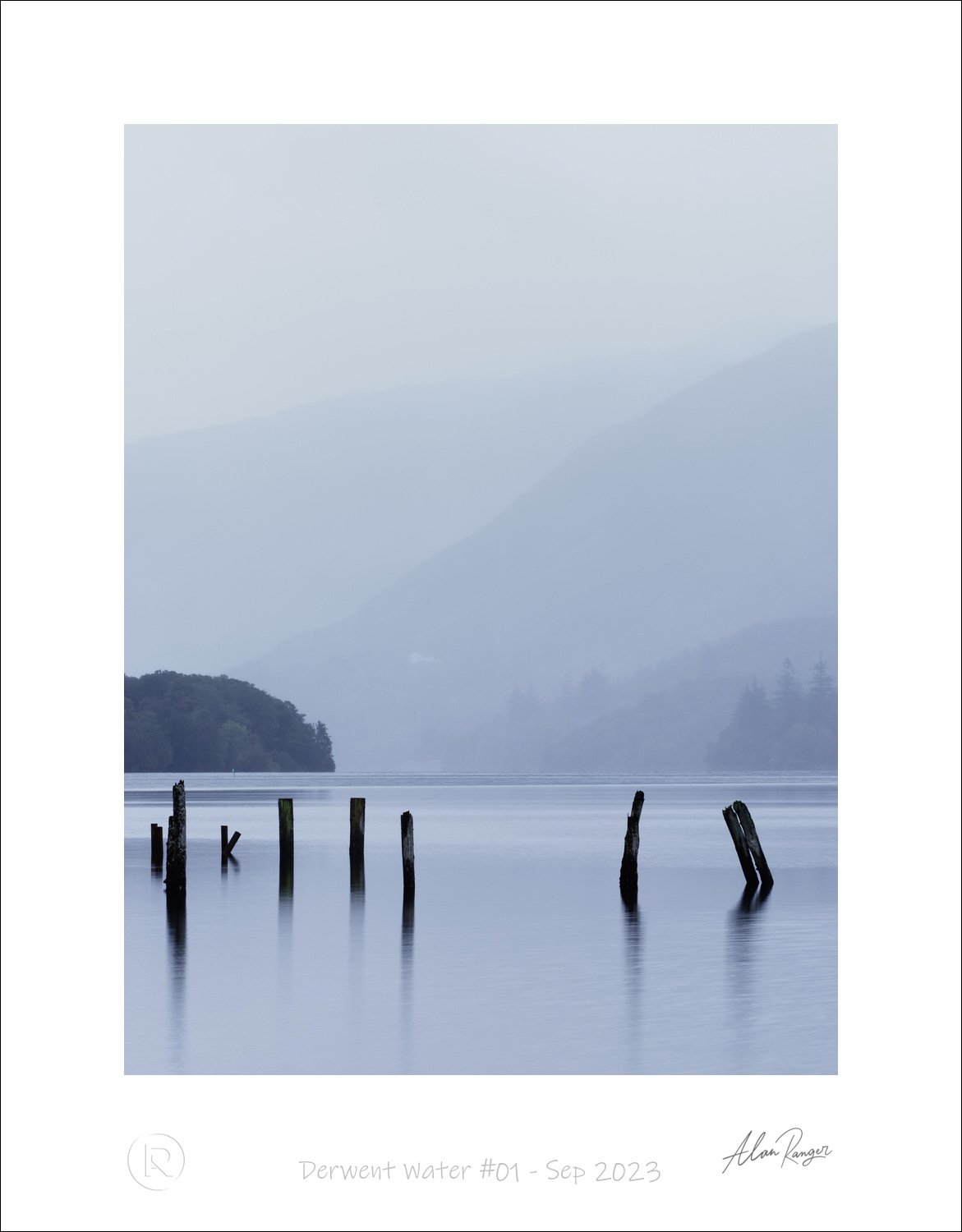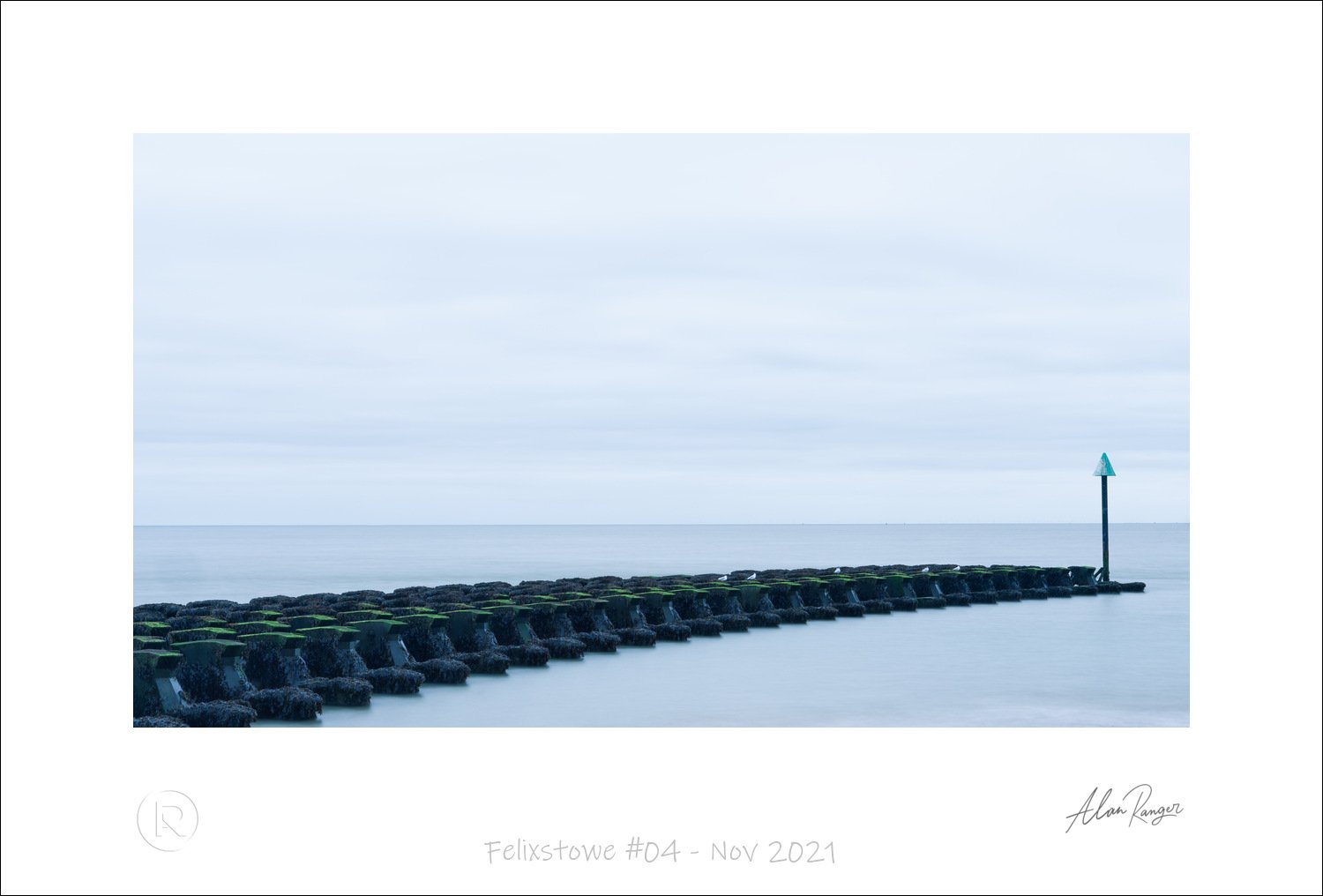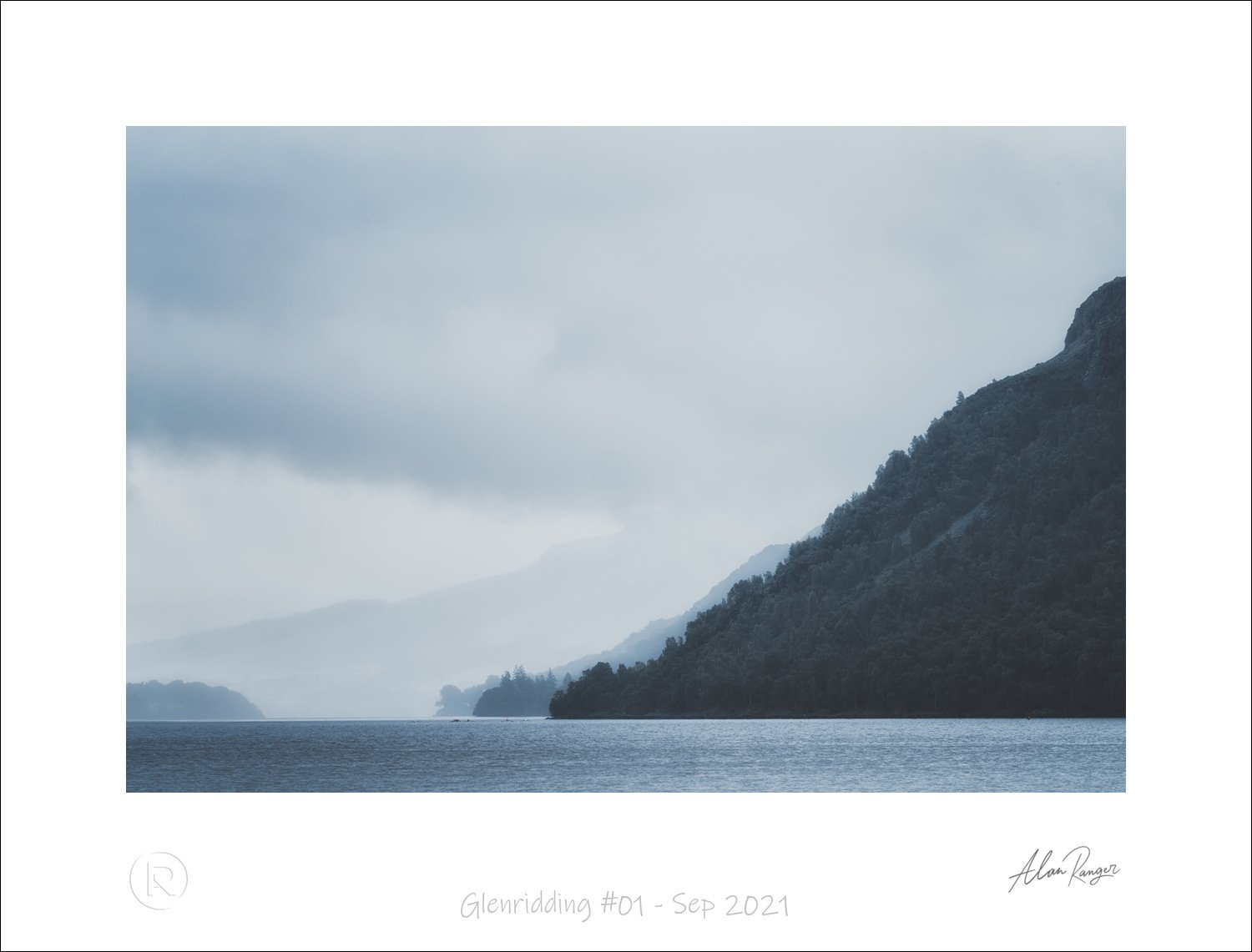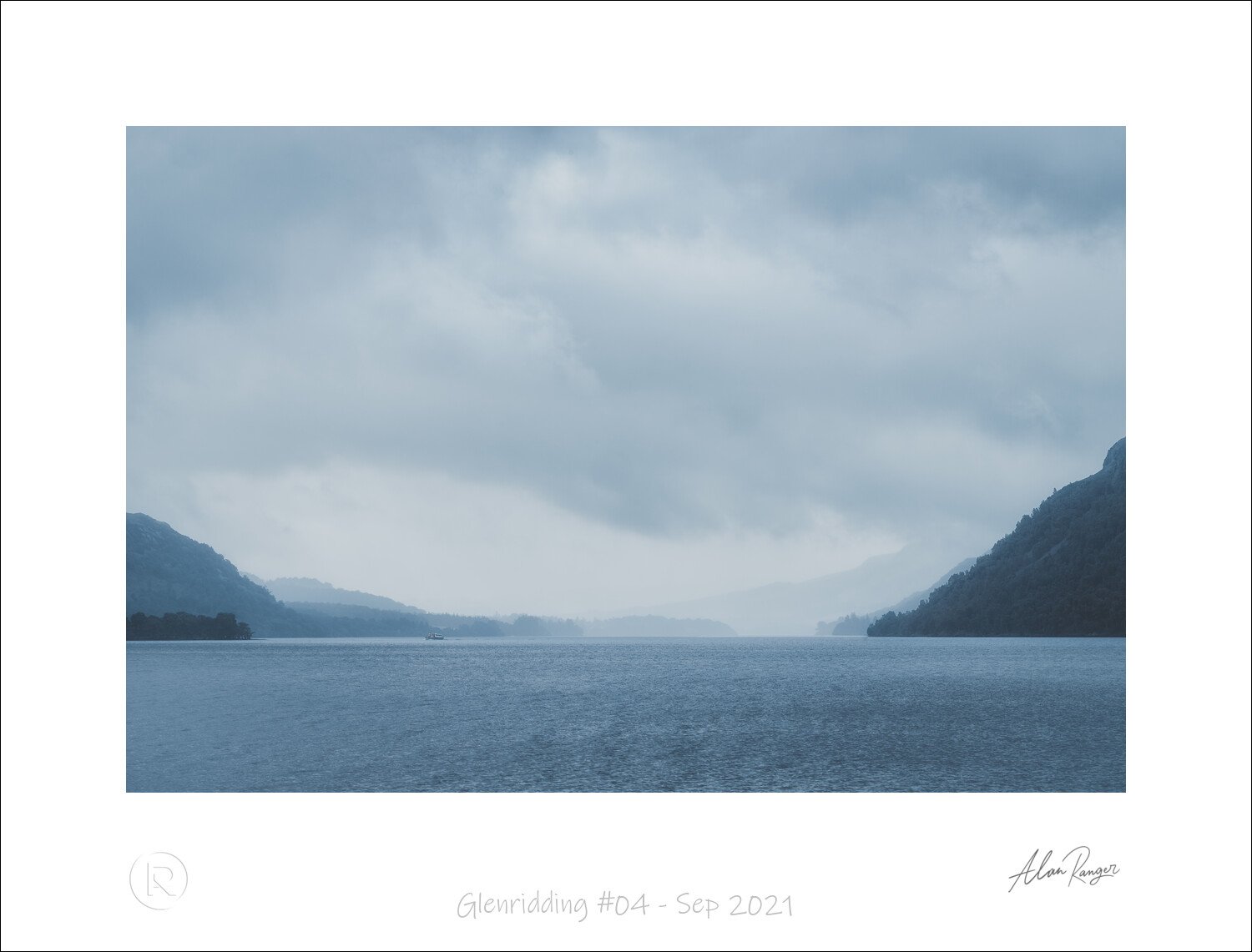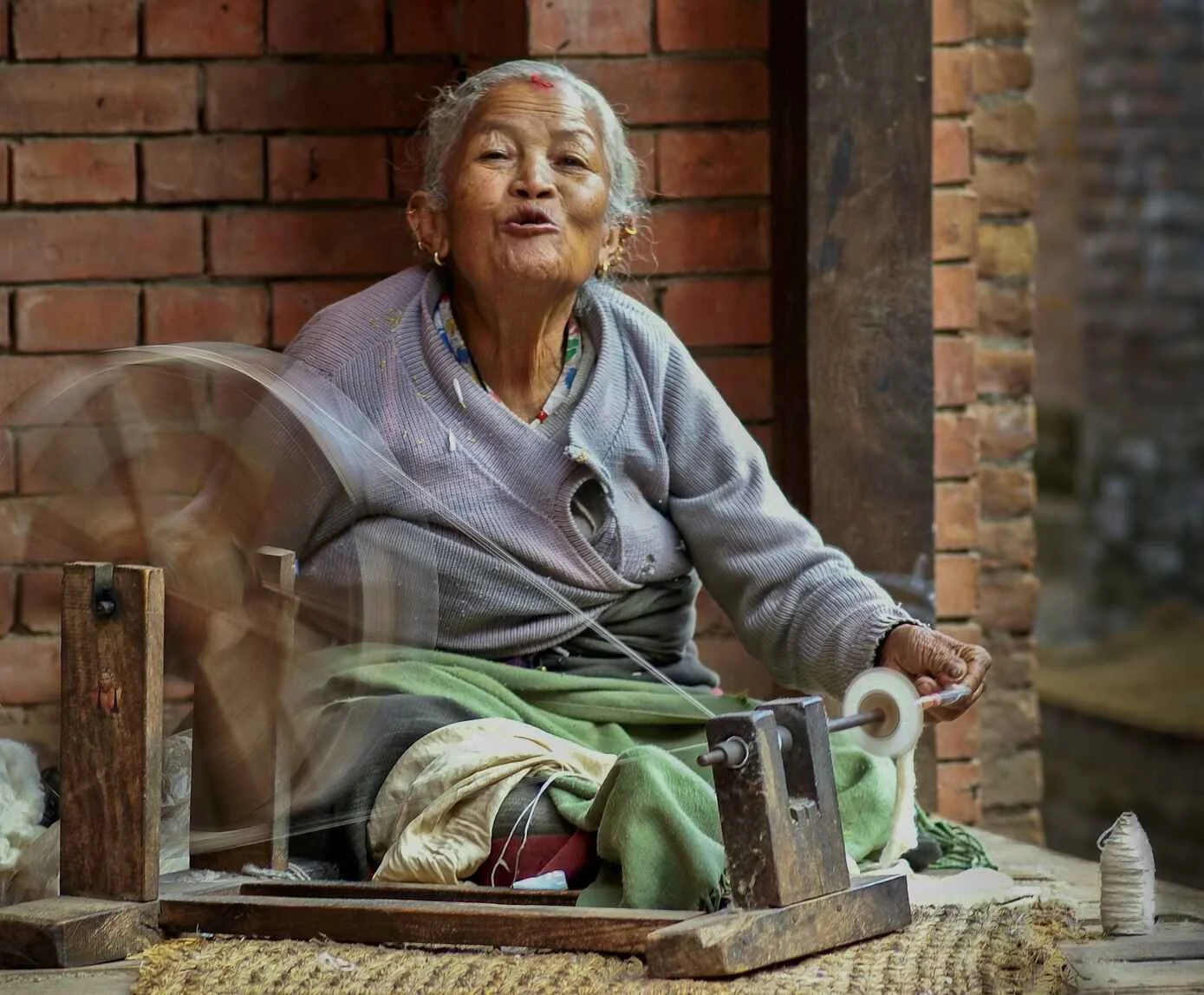The Art of STORYTELLING PHOTOGRAPHY: Capturing Moments
Updated 27 Aug 2025
Do your photos look good but leave you feeling empty?
Storytelling photography gives your images purpose. This guide shows how emotion, composition, lighting, and intention work together to create meaningful, memorable frames.
- See before you shoot: Slow down, notice mood, relationship, and intent before framing.
- Compose for meaning: Let elements serve the story—balance, light, gesture, and space guide emotion.
- Style is decision-making: Your visual voice emerges through the choices you repeat, not presets.
Table of Contents Show
Summary
Storytelling photography is a powerful medium that goes beyond capturing beautiful images. It involves crafting a photo story that conveys a narrative, evokes emotions, and engages the viewer. Visual storytelling is important in today's fast-paced world to grab attention and create a lasting impact. Narrative photographers create images that transcend immediacy and resonate with a wider audience. Composition, lighting, and post-processing techniques play a crucial role in storytelling photography. By capturing emotions and using different angles, photographers can create impactful storytelling images. Exploring different genres and techniques can enhance visual storytelling. Storytelling photography has the ability to captivate and inspire, allowing photographers to express compelling stories through their images.
Storytelling Photography: How to Tell a Story Through Your Lens
As a photographer, I have always been captivated by the power of visual storytelling through photography. There is something magical about freezing a moment in time, capturing the essence of a person or a place, and conveying emotions through the lens. Photography has the power to transcend language barriers and touch the hearts of people from all walks of life with its compelling narratives.
What is storytelling photography?
Visual storytelling in photography is a genre that goes beyond simply capturing a beautiful image. It's about crafting a photo story that conveys a narrative, evokes emotions, and engages the viewer on a deeper level. Photos that tell a story have the power to transport the viewer to a different time and place, to make them feel a range of emotions, and to leave a lasting impression with their photography.
The importance of visual storytelling
Quick Tips — Visual Storytelling in Photography
- Why it matters: In a crowded visual world, storytelling makes viewers pause, connect, and remember your images.
- Beyond record shots: Go deeper than “snaps” — create meaning that resonates beyond people who know the subject.
- Lead with intention: Ask “what do I want the viewer to feel?” before thinking about thirds, lines, or settings.
- Build narratives: Use light, environment, and subject interaction to place the viewer in the moment.
- Make it immersive: Frame so the audience feels part of the scene, not just looking at it.
- Find your voice: Storytelling is a personal vocabulary — your choices in framing, subject, and edit define it.
Storytelling transforms photos from “what it looks like” to “what it feels like.” Create intentional, narrative images that speak beyond the moment.
In today's fast-paced world, where attention spans are shorter than ever, immersive visual storytelling has become increasingly important. People are bombarded with information and images on a daily basis, and it takes something truly special to grab their attention and make them pause for a moment. Immersive storytelling through photography can do just that. It can make people stop, look, and reflect on the story being told, creating a connection between the viewer and the subject of the photograph and leaving a lasting impact.
Narrative Photographers
Social media is saturated with images that lack a narrative and fail to tell a story through photography. These record shots, documenting a moment, an object, a scene, or a person, often have no meaning beyond the person taking the image or the close-knit circle of people who know the photographer and the subjects. However, when infused with visual storytelling, these images can transcend immediacy and resonate more deeply with a wider audience.
Creating a narrative in photography requires a much deeper connection to the photo story you want to convey. It goes beyond the rule of thirds, camera settings, or other compositional techniques and requires you to first think about the reason and intention behind the photograph. Visual storytelling places the viewer in the moment, the environment, and the situation to make them feel the story you are conveying. Storytelling in photography is a vocabulary that is uniquely yours to speak. Tell your photo story meaningfully, utilising the right settings and narrative techniques rather than mere references!
Narrative Story telling Photography Examples
I often create themes in my photographic framing to create photo compositions that evoke emotional photos and a narrative image. These examples of photos that tell a story hopefully place you, the viewer, into the mind of the photographer about what they see, interpret, and want to convey through visual storytelling.
Photography storytelling techniques
There are several photography techniques that photographers can use to enhance their storytelling in photography. Composition techniques in photography and framing techniques are crucial, as is the use of lighting in photography to evoke different moods. By carefully choosing what to include in the frame and how to arrange the elements within it, photographers can guide the viewer's eye and convey a specific message or emotion. Editing and post-processing also play a crucial role in storytelling photography, allowing photographers to adjust colours, tones, and contrast to create a specific atmosphere and further enhance the photo composition and narrative of the image.
Capturing emotions through Visual storytelling
Visual storytelling through emotion photography is a profound way to encapsulate and share emotions. By capturing a fleeting moment of joy, sadness, love, or vulnerability, storytelling images allow the viewer to immerse themselves in the emotion conveyed. Photographers adept in visual storytelling focus on their subjects' expressions, gestures, and body language to distill the essence of an emotion, forging a bond with the viewer. A storytelling photograph that's executed with skill can transport the viewer into the narrative, fostering empathy and a deeper appreciation of the human condition.
Quick Tips — Storytelling Techniques in Photography
- Composition & Framing: Decide what to include; arrange elements to guide the eye and support the story.
- Editing & Post: Use colour, tone, and contrast adjustments to create atmosphere and reinforce narrative intent.
- Emotions: Focus on expressions, gestures, and body language to capture authentic feelings that connect with viewers.
- Use of Composition Rules: Apply rule of thirds, leading lines, and visual pathways to highlight the focal point.
- Lighting for Mood: Soft light for intimacy, harsh shadows for drama, backlight for mystery, side light for depth.
- Intentional Choices: Every frame element (light, subject, space) should serve the emotion or message you want to tell.
Storytelling relies on conscious choices: composition, emotion, and light working together to immerse the viewer in the narrative you want to share.
Using composition to enhance storytelling in photography
Composition techniques are fundamental to visual storytelling in photography, involving various framing methods to create visually engaging and meaningful images. This art of photographic composition uses the viewer's natural eye movement to communicate messages or emotions. By applying visual storytelling principles like the rule of thirds and visual pathways, photographers can craft a balanced and aesthetically pleasing composition that highlights the photograph's focal point.
The role of lighting in Narrative photography
In the realm of visual storytelling, lighting photography plays a crucial role by influencing mood photography and enhancing the visual appeal of images. The mood and narrative of storytelling in photography are shaped by different lighting conditions, from the softness of diffused light to the intensity of dramatic shadows. Lighting techniques that manipulate the direction of light—such as front, backlighting, or side lighting—can introduce clarity, mystery, or depth to the story being told.
Editing and post-processing for storytelling photography
Editing and post-processing are essential to visual storytelling in photography, as they allow photographers to fine-tune the narrative and set a specific atmospheric mood. Through the application of colour theory in photography, adjustments to colours, tones, and contrast can elicit specific emotions or highlight certain elements. Whether desaturating colours for a dramatic effect or enhancing vibrancy for energy, editing and post-processing shape the mood of the image. Retouching, a vital part of post-processing, sharpens details and eliminates distractions, ensuring the visual storytelling remains true to the intended narrative.
Tips for creating impactful storytelling Images
To craft impactful storytelling photographs, photographers must blend technical proficiency with artistic vision. Capturing moments that effectively embody story composition, progression, and development is crucial for engaging visual storytelling. These storytelling elements are indispensable for photographers aiming to convey their narrative with both clarity and emotional depth.
Plan your shots: Before you even pick up your camera, take some time to think about the story you want to tell and how you can best capture it. Consider the location, lighting, and composition that will help convey your message.
Get to know your subject: Whether you are photographing people, places, or objects, take the time to understand what makes them unique and interesting. This will help you capture their essence and tell a more authentic story.
Be patient and observant: Sometimes the best moments happen when you least expect them. Keep your camera at the ready and be prepared to capture those fleeting moments that can make a powerful impact.
Experiment with different angles and perspectives: Don't be afraid to get low, climb high, or move around to find the best angle for your shot. Changing your perspective can add depth and interest to your storytelling photographs.
Practice, practice, practice: Like any skill, storytelling photography takes practice. Take every opportunity to hone your craft and experiment with different techniques and styles.
Storytelling photography ideas
For innovative visual storytelling ideas, explore different genres, such as documentary photography or conceptual storytelling. Utilise storytelling techniques like juxtaposition, symbolism, and visual metaphors in your photo essay to construct narratives that challenge, intrigue, and captivate your audience. The objective is to evoke emotions and engage viewers, so expand your creative horizons and tell stories that resonate profoundly through these potent visual storytelling tools.
Showcasing the art of storytelling photography
Storytelling photography, which encompasses narrative photography and storytelling pictures, has the unique ability to captivate and inspire. By honing the craft of visual storytelling and creating compelling narrative images, photographers can produce emotional photography that strikes a chord with audiences. Whether you're a seasoned professional or a passionate amateur, participating in a photography workshop can enhance your ability to capture emotion and create narrative images with significant impact. Invest time to refine your skills and vision, empowering your photographs to express the stories that yearn to be told. I have loved putting my images to music over the years and the process of selecting the images and creating a visual story with appropriate soundtrack is a great way to tell your photo story. Here’s one from nearly ten years ago I made.
storytelling photography
A love of emptiness
Conclusion
Storytelling in Photography — Roadmap
- Why it matters: Storytelling makes viewers pause, connect, and remember in a crowded visual world.
- Beyond record shots: Move past snaps—create meaning and resonance beyond your immediate circle.
- Lead with intention: Ask what you want the viewer to feel before framing or adjusting settings.
- Build narratives: Use setting, light, and subject interaction to immerse the viewer in the moment.
- Emotions: Expressions, gestures, and body language bring empathy and human connection.
- Composition tools: Rule of thirds, leading lines, framing, and pathways highlight focal points.
- Balance & flow: Simplify frames; let space, rhythm, and repetition create structure.
- Lighting choices: Soft for intimacy, hard shadows for drama, side/backlight for depth and mood.
- Editing: Tone, colour, and contrast should reinforce story atmosphere, not distract from it.
- Find your voice: Storytelling is your vocabulary—your framing, subject choices, and editing style define it.
Storytelling transforms images from what they look like into what they feel like. Compose with intention, use emotion and light, and edit with restraint to make your photos unforgettable.
Storytelling photography, often referred to as visual storytelling, is an exceptional medium for capturing the essence of moments, evoking emotions, and engaging viewers with compelling storytelling narratives. By skillfully applying composition, lighting, and post-processing techniques, photographers can craft narratives in photography that are impactful and eloquent. Through practice and experimentation, photographers can refine their storytelling abilities and develop a unique narrative style. So, grab your camera, explore, and let your photographs narrate the compelling stories that await.
Master Storytelling in Photography
Download the 1-page field checklist or book live support.
Storytelling Photography — FAQs
What is storytelling in photography?
How do I tell a story with a single photo?
What elements make a strong narrative image?
How can lighting improve storytelling?
Do I need a series or can one image tell a story?
How do I practice storytelling skills?
📚 Continue Learning
- Next lesson: Mastering Photography Composition Rules
- Next lesson: What Is Framing in Photography?
- Next lesson: Finding Your Compositional Balance
- Personal support: Image Reviews Clinic (30-min, £29)


